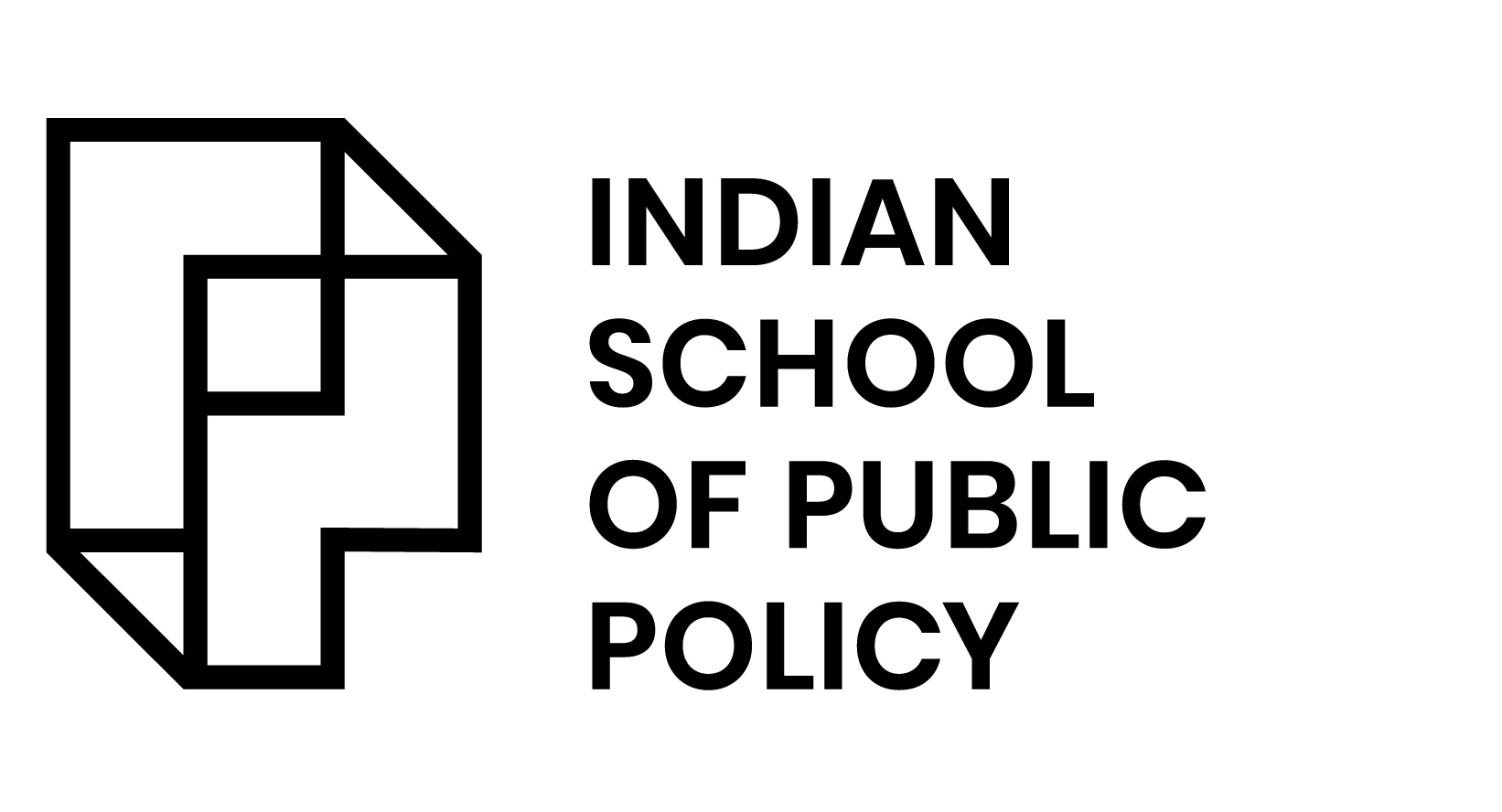
The Potential of Artificial Intelligence in Tackling India’s Healthcare Challenge

India’s healthcare system has been plagued by multiple issues for several decades. A lack of robust healthcare infrastructure, supply-demand inefficiencies, and poor healthcare delivery mechanisms are known to be common across broad swathes of the system. The picture has been starker since the arrival of Covid-19. Questions around quality, affordability and accessibility have become even more urgent and prominent.
Tackling such issues demand significant financial investments. Yet, India’s health expenditure stood at a mere 3.5% of GDP in 2018, compared to a global average of 9.8%. Thus, any incremental investment in the area needs to go a long way. For policymakers, health-related technologies that use Artificial Intelligence (AI) can present transformational solutions.
AI refers to the simulation of human intelligence in computers and machines. It does this by transforming data into insight using algorithms. AI can thus learn, reason, and resolve problems as humans do – but with speed, accuracy, and precision. As data and its infrastructure continue to see exponential growth, AI is well-placed to transform healthcare systems in real-time. It can create a cost-effective, resource-efficient, patient-oriented, and accessible healthcare system through its applications in clinical practice, healthcare services, hospital management, biomedical research, and decision making.
Clinical Practice
India’s healthcare system is understaffed and overburdened. This impacts patient safety due to increased scope for human error, lack of timely care, and poor quality of services. AI can help mitigate this. Information from electronic health records can be used to identify complex patterns across large datasets. Modelling can predict or forecast different outputs, classify groups of patients, and find hidden associations. For example, Google Health developed an AI algorithm for the early detection of breast cancer. The cascading efficiencies of the solution were studied in a paper in Nature. It found that the performance remained steady while workload reduced. By encouraging the adoption of such AI use-cases, policymakers can enable clinicians to take timely and evidence-based decisions. Potential areas for encouragement include risk prediction, detection, diagnosis, treatment selection, automation, and monitoring.
Healthcare Services
India’s rural population travels long distances to access even basic healthcare facilities. Their time to access services is also impacted by insufficient facilities and physician absenteeism. AI-driven smart clinics are a potential solution here. With minimal training, staff can also use AI to diagnose illnesses, monitor vitals, prescribe treatments, and initiate referrals. The insights generated by AI can be transferred to specialists using cloud capabilities and telecom infrastructure, thus, creating a system where specialists can provide medical services to rural areas remotely. A Brazilian start-up, Portal Telemedicine, demonstrates this in over 300 clinics across rural Africa and Brazil. Their AI platform integrates with medical devices, which transfer data to the Cloud. There, AI models diagnose issues without human intervention. Specialists then verify the diagnosis from a distance. Given that India’s rural population (% of the total population) was 65.5% in 2019, this model can be useful to improve access to healthcare services in India’s remote sub-centres and primary health centres, where specialists are often reluctant to provide services.
Hospital Management
There are chronic supply-chain inefficiencies in the delivery of medicines, equipment, and other health-related essentials in India. With inventory management often being a manual process, there are few robust mechanisms to enable supply-chain efficiencies. AI can be transformative here. Models can predict purchase behaviour, monitor compliance, optimize service delivery times, reduce stockouts or overstocking, and generally help make smarter decisions. Other use-cases also assist in administration, scheduling, fraud detection, and operations tracking. Lumiere32, for example, is a Singapore-based start-up with a product in the space. It launched an AI-based inventory management platform that could forecast demand, predict stockouts, and track expiration dates using past trends and other relevant information. It helped reduce costs, allocate resources efficiently, and transform patient care. Within India’s healthcare system, such a data-driven platform can improve supply chain management, especially since its pharmaceutical industry is highly fragmented and non-uniform across regions.
Biomedical and Translational Research
India faces a dual challenge of high disease burden and poor resource availability. Being a developing country, there is a constant need for new treatments to handle diverse epidemiological challenges. However, drug development is slow, expensive, and labour intensive. It takes between 10−15 years and costs over US$ 2.6 billion, on average, for a new drug. AI can reduce time and costs here, by automating data collection, conducting experiments, synthesising literature, classifying genes, predicting chemical toxicity, etc. Use-cases include biomarker and drug discovery, drug repurposing, and target prioritization. A South Korean start-up, Standigm, is an example in this area. Their AI-driven product eliminates false starts in drug development processes. It has created noteworthy preclinical opportunities for conditions like autism and Parkinson’s disease. This function can also significantly speed up the process of vaccine development in the ongoing Covid-19 pandemic, especially within the context of emerging variants of the coronavirus. It can reduce guesswork by detecting biological patterns, identifying potentially useful vaccine compounds, eliminating unsuitable compounds, predicting vaccine efficacy, etc.
Decision Making
The Covid-19 pandemic has shown the salience of foresight, planning, and management. AI can assist in data-driven planning and decision making. It can predict disease outbreaks, probable sites of infection, inform lockdown policies, and control the spread of misinformation. For example, the Canadian company, BlueDot, developed an AI algorithm to signal outbreaks of infectious diseases. The model’s results were published in Lancet, predicting an outbreak of the Zika virus in Florida six months before it happened. The same model also flagged a cluster of “unusual pneumonia” cases in Wuhan on Dec 30th, 2019.
To conclude, the potential benefits of AI are enormous. Successful adoption can make health systems efficient, and create the foundation for inclusive, cost-effective, and high-quality healthcare delivery. But certain issues across domains remain open for resolution. Such domains include regulation, adoption, implementation, and ethics. Some barriers that may impact its translation in practice include incomplete health and medical data, lack of transparency in its decision process, poor user acceptability, slow workflow integration, unclear accountability and liability. However, by investing, studying, and adopting emerging global best practices, policymakers can induce more trust in these technologies and engineer a transformative healthcare system. One that is not resource-intensive, is accessible, cost-effective, accurate, provides scientifically testable results, and is easy to deploy and manage at scale.
The views expressed in the post are those of the author and in no way reflect those of the ISPP Policy Review or the Indian School of Public Policy.Images via open source.

